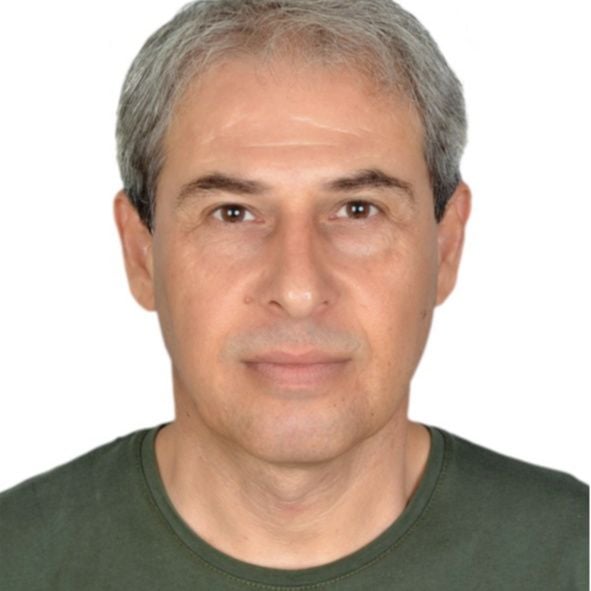Buildings Out of Glass: Are Skyscrapers the Future of Modern Cities?
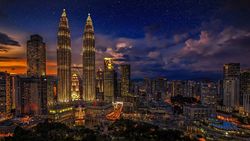 Pixabay
Pixabay
- Blog Yazısı
Definition
Can you imagine if I told you that your horse was quite the skyscraper, that is exactly what they were saying in 1780s about large horses. Skyscrapers are fascinating feats of engineering and architecture, that’s for sure. They are extremely tall high-rise buildings. The advances in the manufacturing, engineering and even elevator technology made these tall skyscrapers possible. Today, a skyscraper is considered a building that is over 40 floors… Or 150 m (492 feet). It is called a “supertall” skyscraper if they are 300 m or taller (984 feet), like the Petronas Twin Towers (452 m) in Malaysia and the One World Trade Center (541 m) in the United States.
A few even meet the requirements to be “megatall” as they are 600 m or taller (1969 feet)! The tallest skyscraper naturally topping the “megatall” category is the Burj Khalifa in Dubai, United Arab Emirates that stands at an astounding 828 m and 163 floors (2717 feet)! Almost a kilometer long!
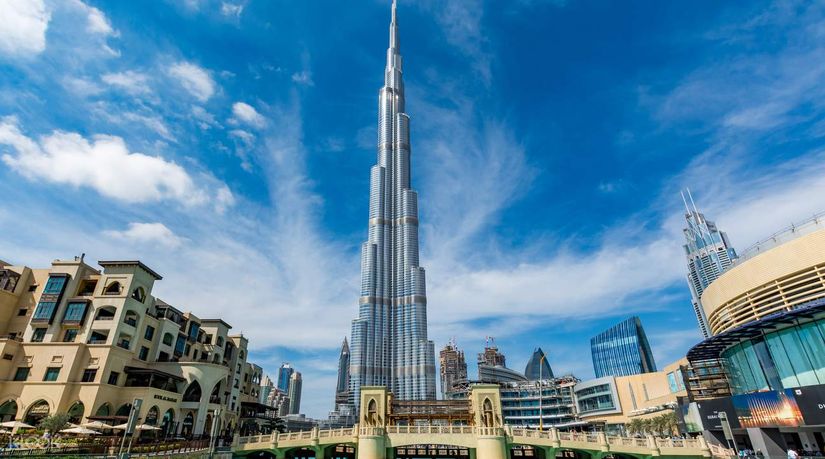
Windows
But have you noticed one thing? The outer walls of a skyscraper are very different from the ones in a standard house. Most skyscrapers will have a ton of windows in the exterior walls! Isn’t that crazy that this huge building is filled with a material as weak as glass? This window design is not practical in most houses because walls in your home almost always play a role in keeping the rest of the house standing. When a wall is structurally crucial, then it is called a load bearing wall.
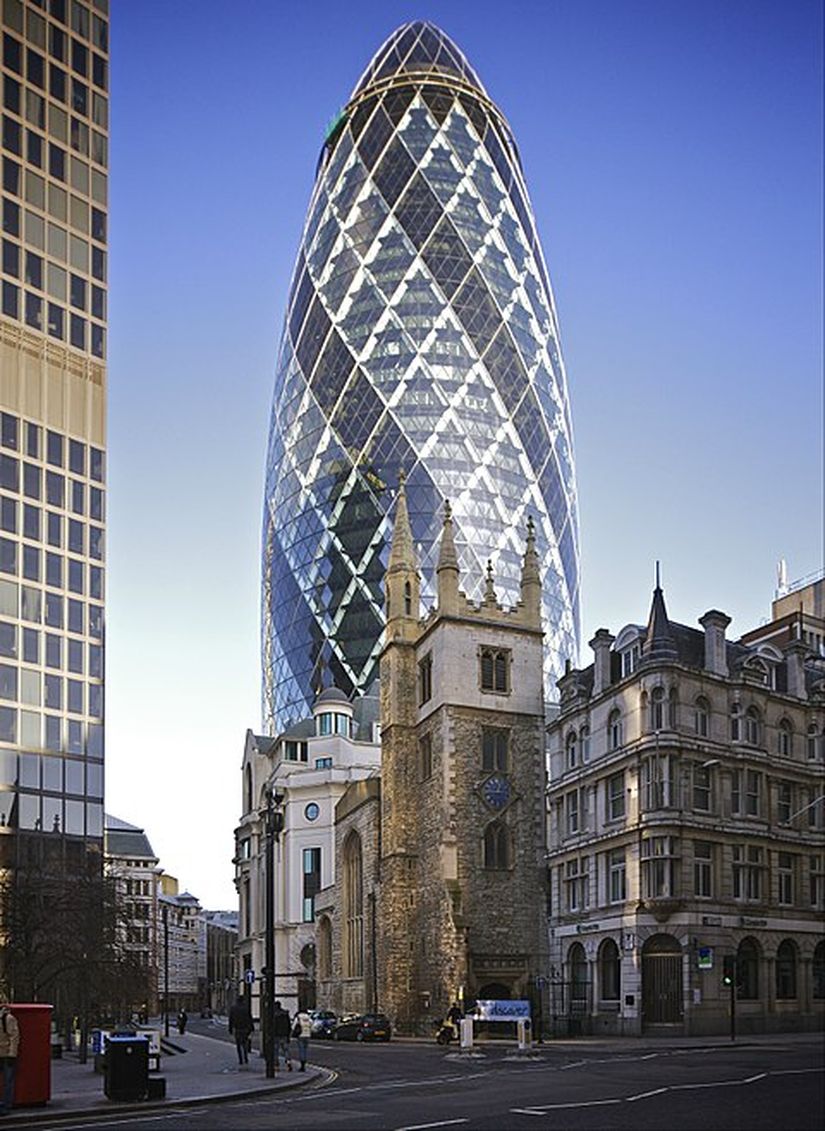
Glass is obviously not a load-bearing building material like brick or concrete. So, how are so many windows possible in huge skyscrapers and not practical in a simple house? Well, the exterior walls of skyscrapers are not designed to be load bearing walls, instead they have what are called “curtain walls”.
These curtain walls allow the skyscraper to be beautiful and eye-catching. And also more economical… Glass is cheaper, and it is lighter to haul into the air during the building process than other materials. Further, when you design huge buildings you want as much light to reach the inner parts of the building to cut down on lighting costs and make the occupants feel less like they are in a dark cave.
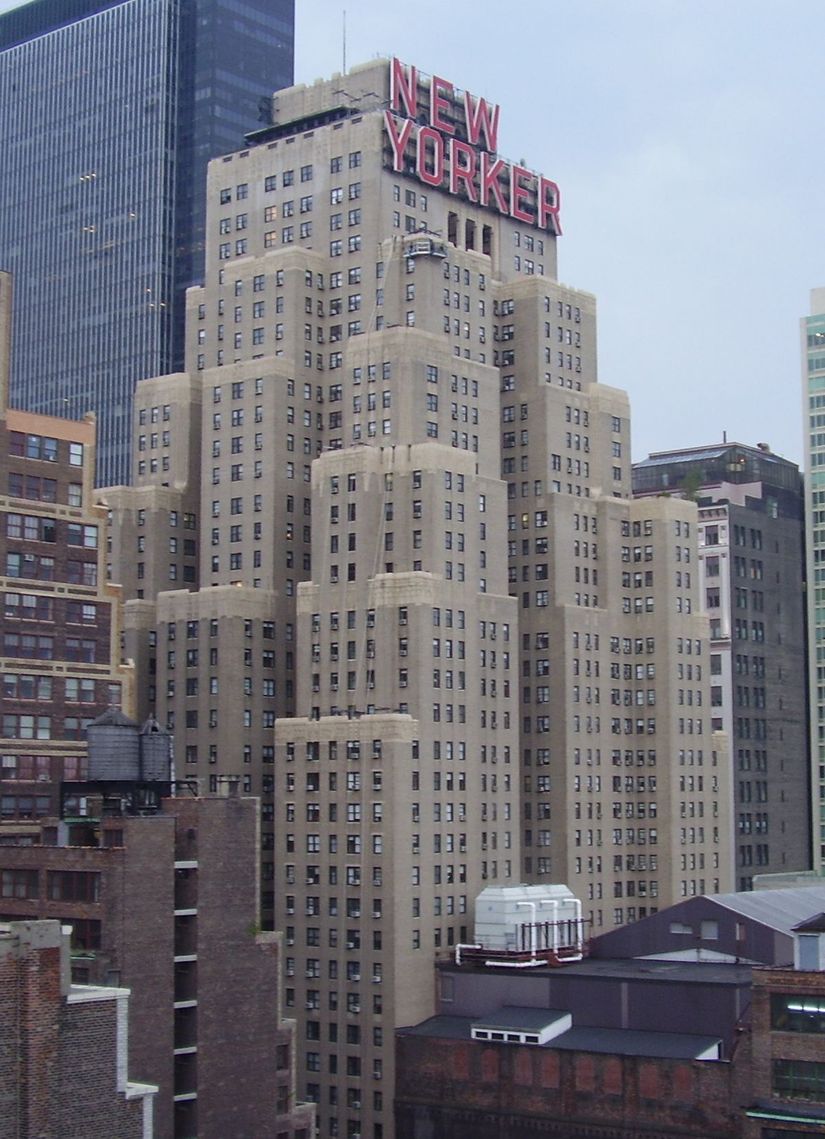
Light
Speaking of light… Another feature you will often see in Skyscrapers are setbacks, where the building has a “break” or “step” such as the famous Wyndham New Yorker Hotel where Nikola Tesla stayed. These setbacks have been used since ancient times to help with structural integrity by lowering the center mass of a structure like the Pyramid of Djoser. Actually, one of the theories about how the Great Pyramids of Giza were built relies on this design feature, the builder built these setbacks and then kept adding on it. Today, they are also used for aesthetics, as well as light.
You know how the Sun can cast a very long shadow during sunrise or sunset? Now imagine living directly behind a huge skyscraper that will cast an even larger shadow! That is a big problem. A good example to this is the Equitable Building built in 1915. The building left the surrounding streets in a 7-acre (28,000 m²) shadow and other buildings were left in the dark by casting permanent shadows up to 21 stories high and other huge buildings had no sunlight up to their 27th floor. They had to devise regulations to prevent this and architects have to follow these rules when designing a building.
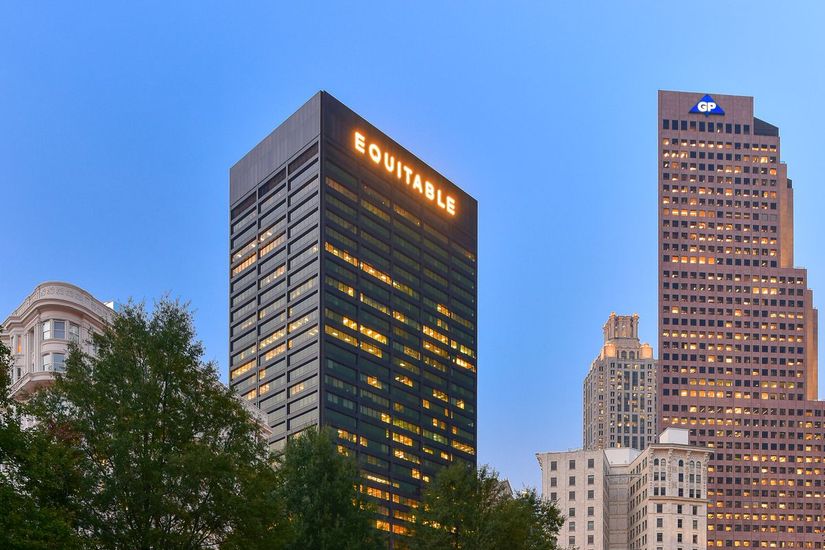
How tall can Skyscrapers go?
One of the important characteristics of skyscrapers is something you cannot see once it is completed. Before skyscrapers, if you wanted a tall building you would have to make the walls extremely thick to be load bearing, the Monadnock Building (1881) has walls that are 6 feet wide at the base to support its 16 stories. Why are the walls so thick at the base? Well, bricks are heavy. Every level you go up adds more and more weight to the base floors. Therefore, you need that base to be able to support the weight of all the floors above, so you expand the width which takes a lot of building materials and precious space.
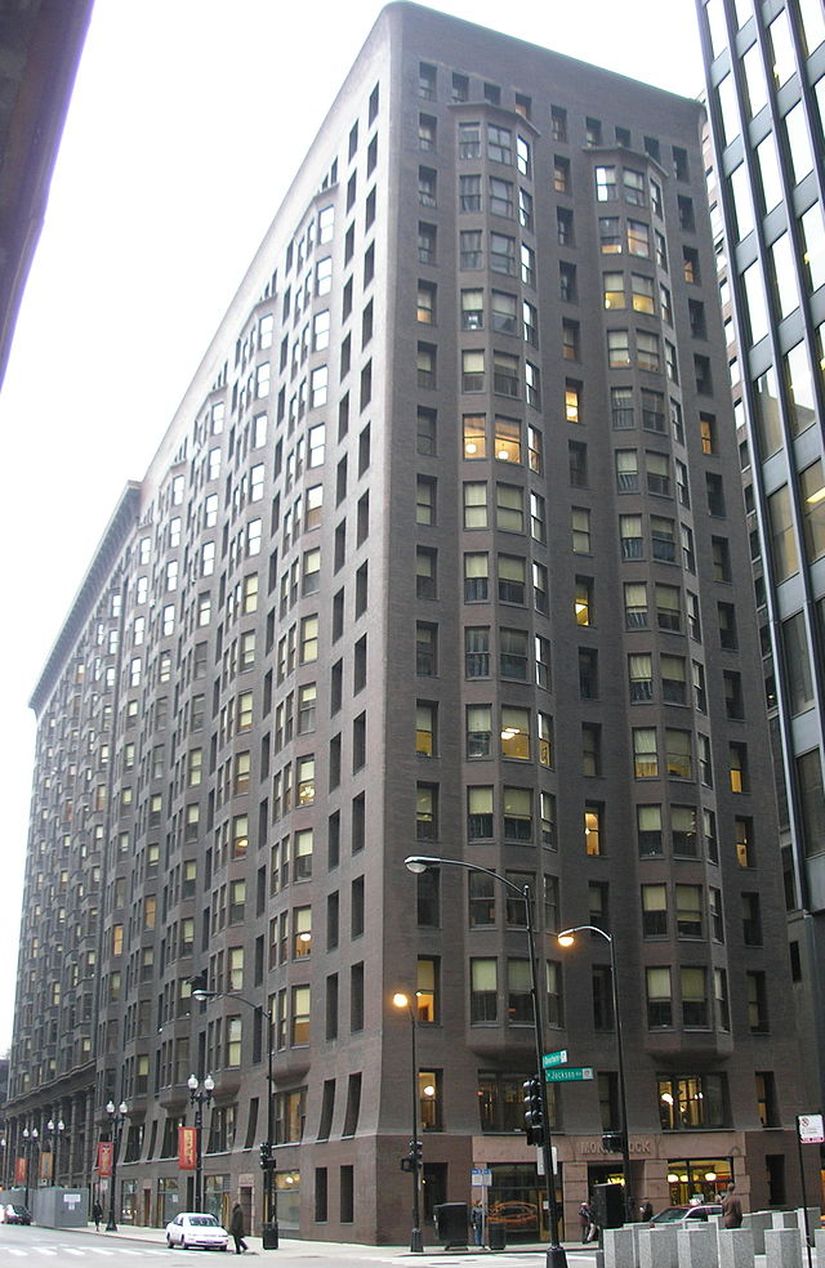
Skyscrapers were really born and left tall buildings in the dust when designers started to utilize a substructure to provide structural support for a tall building. Historically, this was done through a huge steel box with a lot of little steel boxes providing vertical and horizontal support within a building. However, as you build upwards there needs to be more support inside the skyscraper to support the weight, for example, the Empire State Building has four columns taking up space in the center of the building that also increased the material expenses for the building.
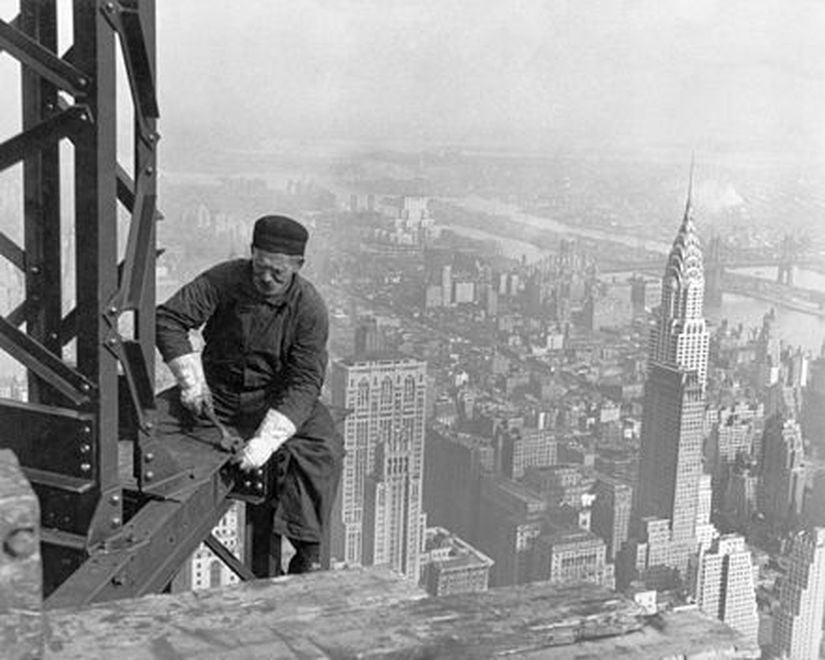
Then in the early 1960s, Fazlur Rahman Khan, a Bangladeshi-American structural engineer and architect revolutionized skyscraper design by developing the tube frame that allowed skyscrapers to be more ”hollow.” Fazlur Rahman Khan defined the Tube Frame as follows:
A three dimensional space structure composed of three, four, or possibly more frames, braced frames, or shear walls, joined at or near their edges to form a vertical tube-like structural system capable of resisting lateral forces in any direction by cantilevering from the foundation.
So, now Skyscrapers no longer require floors to have huge columns running through them taking up precious space on each level, are more stable structures that can resist lateral forces like wind, earthquake activity (seismic), and impacts by redirecting it to the base. There are several types of tube structures, but the one you can easily observe are the bundled tube skyscrapers, especially the current tallest building pictured at the beginning of this article, the Burj Khalifa.
Evrim Ağacı'nın çalışmalarına Kreosus, Patreon veya YouTube üzerinden maddi destekte bulunarak hem Türkiye'de bilim anlatıcılığının gelişmesine katkı sağlayabilirsiniz, hem de site ve uygulamamızı reklamsız olarak deneyimleyebilirsiniz. Reklamsız deneyim, sitemizin/uygulamamızın çeşitli kısımlarda gösterilen Google reklamlarını ve destek çağrılarını görmediğiniz, %100 reklamsız ve çok daha temiz bir site deneyimi sunmaktadır.
KreosusKreosus'ta her 50₺'lik destek, 1 aylık reklamsız deneyime karşılık geliyor. Bu sayede, tek seferlik destekçilerimiz de, aylık destekçilerimiz de toplam destekleriyle doğru orantılı bir süre boyunca reklamsız deneyim elde edebiliyorlar.
Kreosus destekçilerimizin reklamsız deneyimi, destek olmaya başladıkları anda devreye girmektedir ve ek bir işleme gerek yoktur.
PatreonPatreon destekçilerimiz, destek miktarından bağımsız olarak, Evrim Ağacı'na destek oldukları süre boyunca reklamsız deneyime erişmeyi sürdürebiliyorlar.
Patreon destekçilerimizin Patreon ile ilişkili e-posta hesapları, Evrim Ağacı'ndaki üyelik e-postaları ile birebir aynı olmalıdır. Patreon destekçilerimizin reklamsız deneyiminin devreye girmesi 24 saat alabilmektedir.
YouTubeYouTube destekçilerimizin hepsi otomatik olarak reklamsız deneyime şimdilik erişemiyorlar ve şu anda, YouTube üzerinden her destek seviyesine reklamsız deneyim ayrıcalığını sunamamaktayız. YouTube Destek Sistemi üzerinde sunulan farklı seviyelerin açıklamalarını okuyarak, hangi ayrıcalıklara erişebileceğinizi öğrenebilirsiniz.
Eğer seçtiğiniz seviye reklamsız deneyim ayrıcalığı sunuyorsa, destek olduktan sonra YouTube tarafından gösterilecek olan bağlantıdaki formu doldurarak reklamsız deneyime erişebilirsiniz. YouTube destekçilerimizin reklamsız deneyiminin devreye girmesi, formu doldurduktan sonra 24-72 saat alabilmektedir.
Diğer PlatformlarBu 3 platform haricinde destek olan destekçilerimize ne yazık ki reklamsız deneyim ayrıcalığını sunamamaktayız. Destekleriniz sayesinde sistemlerimizi geliştirmeyi sürdürüyoruz ve umuyoruz bu ayrıcalıkları zamanla genişletebileceğiz.
Giriş yapmayı unutmayın!Reklamsız deneyim için, maddi desteğiniz ile ilişkilendirilmiş olan Evrim Ağacı hesabınıza üye girişi yapmanız gerekmektedir. Giriş yapmadığınız takdirde reklamları görmeye devam edeceksinizdir.
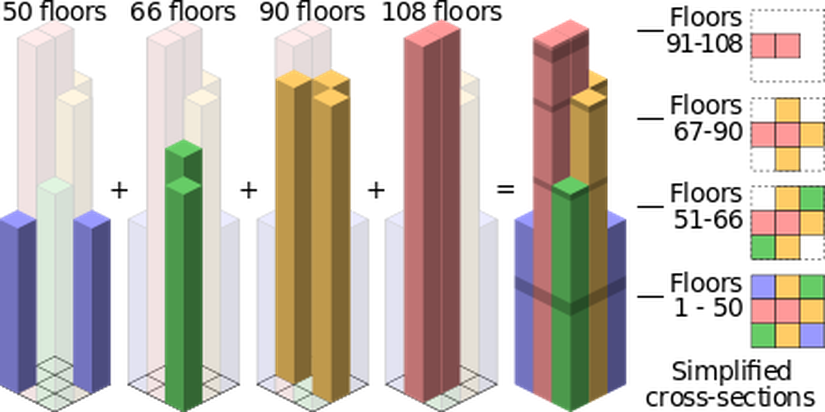
Big Picture
We tend to take these huge buildings for granted, but look at the ancient buildings like the Pyramids in awe and confusion. But when you put aside the conspiracy theories around the ancient buildings, you are hit by the fact that the modern skyscrapers are really the myriads of science and technology, with their far more advanced infrastructure and design. If you consider the skyscrapers in Japan with foundations that can roll with the earthquakes, or the megatall buildings like Burj Khalifa that is almost 6 times taller than the tallest pyramid ever found, you can appreciate modern human engineering.
There is so much more to learn about these buildings that are able to create so much space with a small land area. Utilizing land will become increasingly important as the world’s population living in urban areas will increase to an estimated 60% by 2030. There is debate on whether skyscrapers require too much energy to construct and maintain over time, but this might be counteracted with often long lives and the advancing technology in energy efficiency.
Some of the early skyscrapers like the Woolworth Building that opened in 1913 are still standing over a century later. Some architects are proposing innovative approaches; the Japanese W350 Project' wooden skyscraper announced earlier this year will be a new approach that perhaps will lead to an evolution in skyscraper construction.
- 1
- 0
- 0
- 0
- 0
- 0
- 0
- 0
- 0
- 0
- 0
- 0
- How Products Are Made?. Skyscraper. (13 Ağustos 2018). Alındığı Tarih: 13 Ağustos 2018. Alındığı Yer: How Products Are Made? | Arşiv Bağlantısı
- R. Agrawal. How Do Skyscrapers Stay Up?. (13 Ağustos 2018). Alındığı Tarih: 13 Ağustos 2018. Alındığı Yer: BBC | Arşiv Bağlantısı
- Wikipedia. Tube (Structure). (13 Ağustos 2018). Alındığı Tarih: 13 Ağustos 2018. Alındığı Yer: Wikipedia | Arşiv Bağlantısı
Evrim Ağacı'na her ay sadece 1 kahve ısmarlayarak destek olmak ister misiniz?
Şu iki siteden birini kullanarak şimdi destek olabilirsiniz:
kreosus.com/evrimagaci | patreon.com/evrimagaci
Çıktı Bilgisi: Bu sayfa, Evrim Ağacı yazdırma aracı kullanılarak 09/01/2026 00:04:58 tarihinde oluşturulmuştur. Evrim Ağacı'ndaki içeriklerin tamamı, birden fazla editör tarafından, durmaksızın elden geçirilmekte, güncellenmekte ve geliştirilmektedir. Dolayısıyla bu çıktının alındığı tarihten sonra yapılan güncellemeleri görmek ve bu içeriğin en güncel halini okumak için lütfen şu adrese gidiniz: https://evrimagaci.org/s/7346
İçerik Kullanım İzinleri: Evrim Ağacı'ndaki yazılı içerikler orijinallerine hiçbir şekilde dokunulmadığı müddetçe izin alınmaksızın paylaşılabilir, kopyalanabilir, yapıştırılabilir, çoğaltılabilir, basılabilir, dağıtılabilir, yayılabilir, alıntılanabilir. Ancak bu içeriklerin hiçbiri izin alınmaksızın değiştirilemez ve değiştirilmiş halleri Evrim Ağacı'na aitmiş gibi sunulamaz. Benzer şekilde, içeriklerin hiçbiri, söz konusu içeriğin açıkça belirtilmiş yazarlarından ve Evrim Ağacı'ndan başkasına aitmiş gibi sunulamaz. Bu sayfa izin alınmaksızın düzenlenemez, Evrim Ağacı logosu, yazar/editör bilgileri ve içeriğin diğer kısımları izin alınmaksızın değiştirilemez veya kaldırılamaz.


